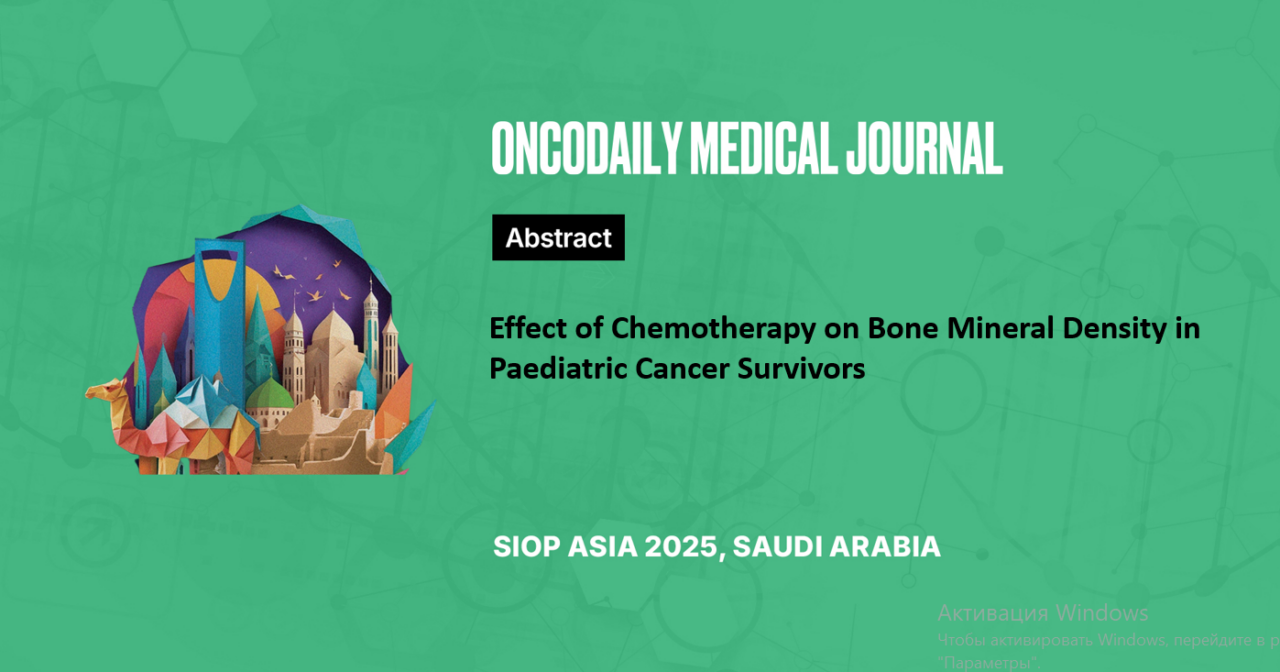Effect of Chemotherapy on Bone Mineral Density in Paediatric Cancer Survivors
Abstract
Introduction: Modern cancer therapy has improved survival in children beyond 5 years after diagnosis to more than 80%. This improvement has brought with it the consequences of long term effects of the treatment. Bone health has been one of these effects which can be a direct effect of the chemotherapy, less physical activity and poor nutritional intake. Bone growth is maximum in childhood and early adulthood which if compromised will lead to poor bone mass in adulthood and rapid deterioration in old age leading to severe osteoporosis and fractures. The aim of the study was to see this effect in Saudi children.
Methodology: Data from 299 patients was collected but 110 were included who had the complete data. Children with preexisting bone disease were excluded. The results were compared with healthy Saudi children as age and sex standardized Z scores. Significant results with a p score of more than 0.05 was age at the time of BMD with older children showing poor density as compared to younger. Leukemia was showing slight trend toward abnormal but not statistically significant.
Results: Saudi Arabian children have less BMD scores as compared to other races as shown in a study by Gihan et al done in 2017. Data from Iran has shown significant low BMD in 94% of patients post chemotherapy. We saw a low BMD z score of less than -1 in about 45 % but less than -2 in 2 cases ( 2%) It can be explained by doing DEXA scan 3 years off treatment. Further analysis is going on- will be ready in 4 weeks.
Conclusion: Our data suggest almost equivalent BMD data as of normal children but needs further analysis and more studies to do scans before and during treatment to see the difference.





